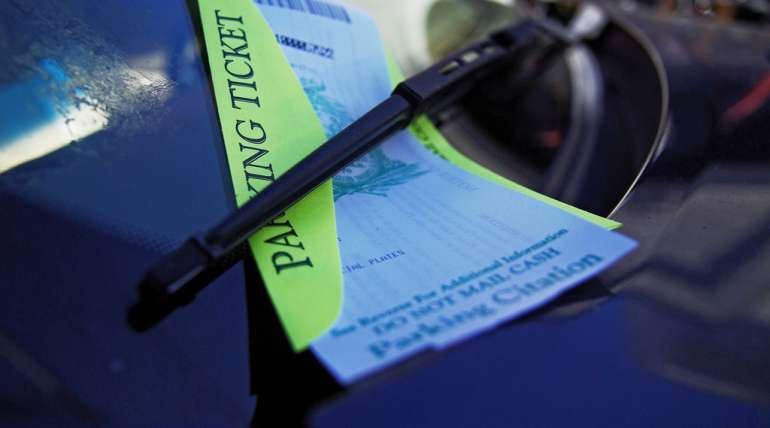For a lot of people flying is a big no-no. Knuckles turn white, breath becomes ragged, shivers come in, and your mind erupts in a fit of panic, trying to decide whether to fight or flight. It’s a nightmare,. But it doesn’t always have to be this way.
Klaus (fictional character from The Vampire Diaries) had it right when he said this amazing quote to Caroline. There is a whole world out there, it’s beautiful and glorious, and is yours for the taking.
But you have to be brave enough to experience it. If you have flight anxiety experiencing travel to the fullest is definitely not an easy feat, but it is not impossible.
Understanding Your Fears and Triggers
Some people think that this type of fear is simply aviophobia or the fear of flying, while this is true for some, it’s not always the case. So what causes fear of flying?
Maybe you’re scared of diseases spreading through the air system. Maybe it’s stress caused by other factors (death in the family, divorce, childbirth), and things like turbulence and different aeroplane noises make you anxious.
So ask yourself, have you purposely avoided flying for years, even if the opportunity to do so presents itself often?
Do you fly only when absolutely necessary, but are always terrified before and during the flight, and take a while to calm down after the flight? Do you fly only when required, but with anxiety as opposed to terror?
The first step is always the hardest, but once you figure out what exactly you’re afraid of and what triggers those fears, learning how to cope and deal with them becomes much easier.
Body & Mind – Fear & Dread
Most of what you think is fear is actually self-projected dread. Let me explain. Fear is not just an emotion, it’s actually the physical manifestation of your body’s response to stimuli or threat.
In the state of fear, your pupils dilate (heightening visual perception for quicker escapes), you breathe more rapidly (infusing oxygen to your blood for your muscles), and your extremities lose blood in preparation for “battle”.
But sometimes our body can be confused. It can’t really differentiate a physical threat or danger to normal everyday stress, so it responds the same way. When all these weird things are starting to happen to your body (things that are related to how you would respond to danger), panic can become the next response.
Understanding this perfectly normal response means you can better manage it and control it, reducing the panic feelings.
Dread is a self-projected fear. Unlike fear, it’s not a set response. Instead, it builds up to panic, often from our own thoughts.
Exposure
Now that you have a better understanding of fear, dread, and triggers, it’s time to face them — in small doses. You don’t need to overwhelm yourself with stimuli on the day of your flight.
Does the sound of plane engines set you off? Play a recording of airplane noises or airplane sound effects. It’ll be uncomfortable at first, but you’ll get more comfortable as time passes.
Maybe you can do this while researching on how safe the planes actually are and the likelihood of your plane fears.
Maybe you’d even want to play that while you’re sitting on a vibrating chair or while you’re in the car or train to sort of simulate turbulence.
Dealing with fears, phobias, and dread is no easy task. But that doesn’t mean you can’t overcome it.
There are ways for you to self-help, and even professional help when it becomes overwhelming. While you’re at it, get open-air airport parking and rest easy knowing that your car is safe.




